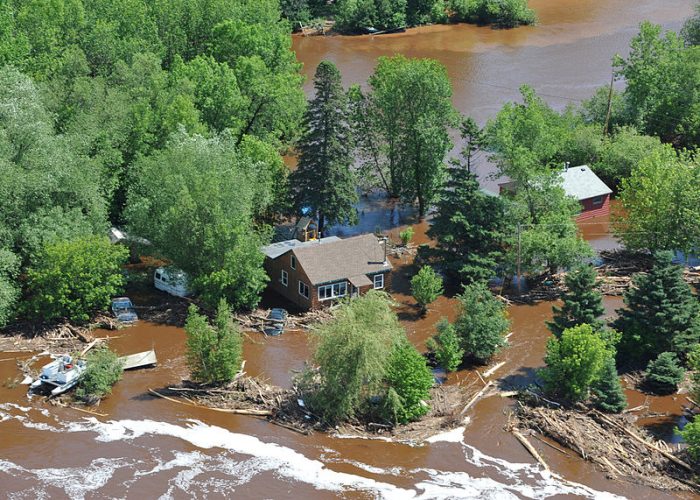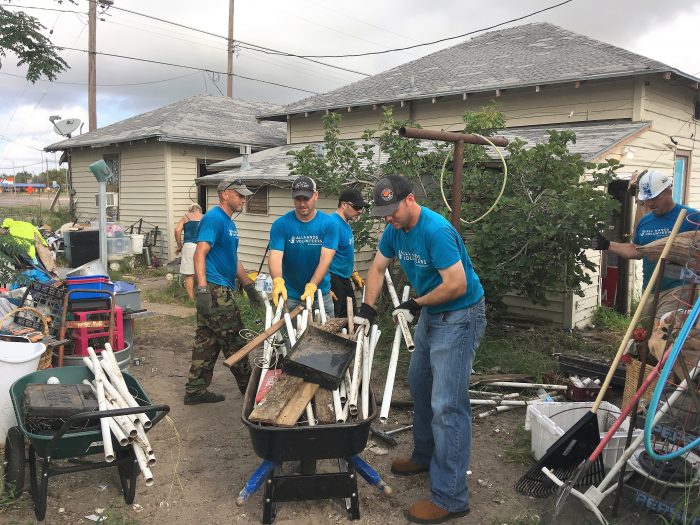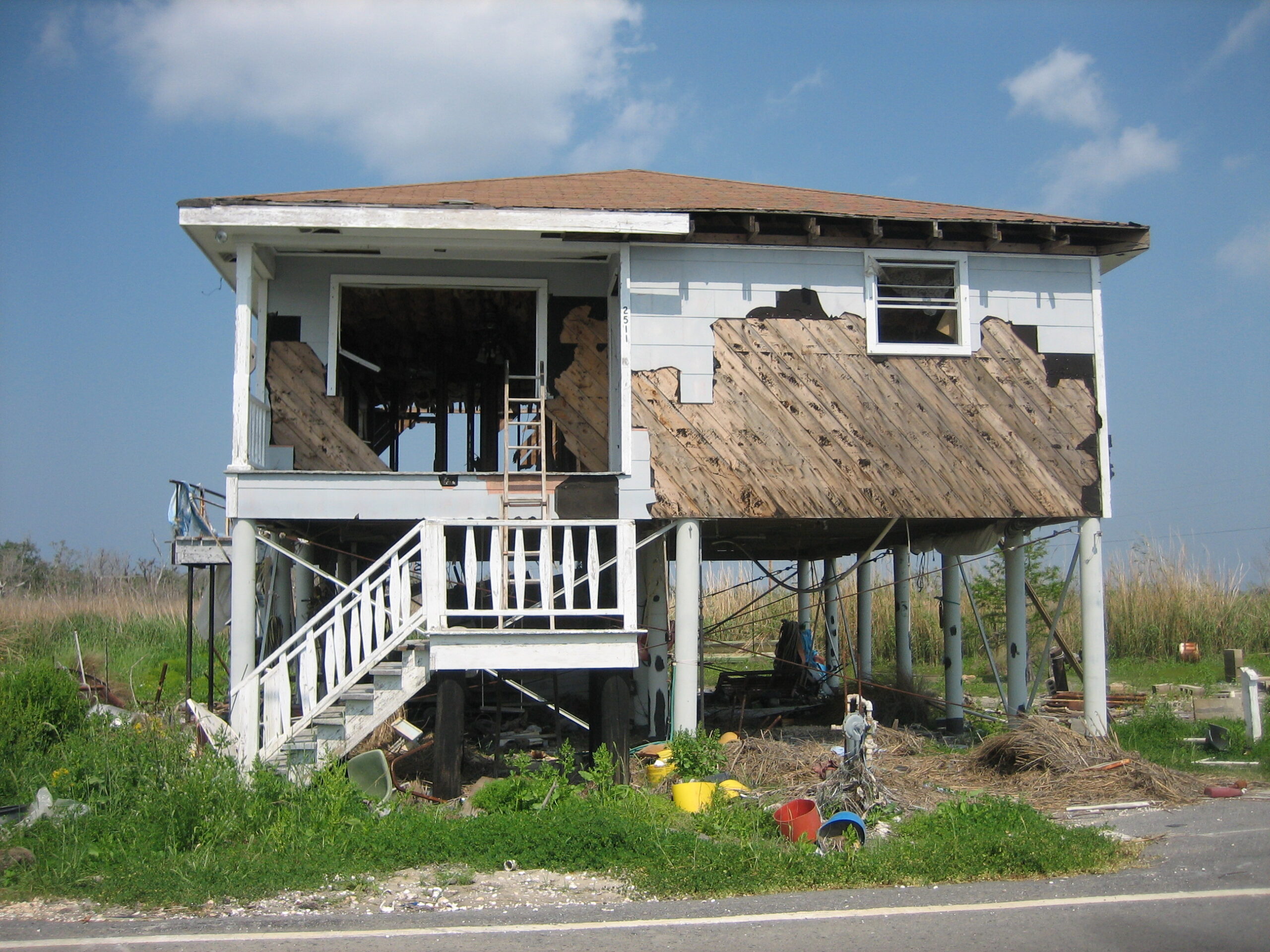Building Duluth’s Model for Increased Community Capacity
As part of CDP’s mission to transform disaster philanthropy, we work closely with corporations, foundations, and other types of institutions to design custom disaster funding strategies that align with their priorities, grantmaking experiences, and values. We develop and implement innovative programs; help organizations respond to disasters both domestically and globally; and lead robust conversations within […]

As part of CDP’s mission to transform disaster philanthropy, we work closely with corporations, foundations, and other types of institutions to design custom disaster funding strategies that align with their priorities, grantmaking experiences, and values. We develop and implement innovative programs; help organizations respond to disasters both domestically and globally; and lead robust conversations within the philanthropic community around disaster preparedness, response, and recovery. Recently, we engaged in a short, but intense project with the Duluth Superior Area Community Foundation (DSACF).
The Need
The DSACF wanted to increase the capacity of the Duluth community to respond to and recover from natural disasters. While the foundation has a very strong leadership team with close ties to the community, it wished to convene a conversation among community leaders around disaster recovery and resilience while also participating as a learner about emerging national trends in preparedness, recovery and resilience.
The Lift
CDP, under the leadership of Kim Maphis Early (and a smidge of help from me), worked closely with the DSACF to assist in the design and facilitation of three meetings that gathered together local leaders. The goal of the convenings was to develop a model that working groups could use to launch and implement concrete plans to address specific disaster issues. Ultimately, the process needed to increase the region’s capacity to bounce back better following a disaster event.
The first planning meeting focused on sharing disaster preparedness information and resilience efforts in the Duluth community, highlighting vulnerable populations and identifying gaps in services. The second meeting sought to identify issues that needed focused attention, and also identified participants for the Duluth Disaster Issues Area Working Groups. The last meeting sought to finalize a framework for a collaborative planning process. Participants in these three disaster-dedicated meetings included funders, local government representatives, state and local emergency management professionals, nonprofit disaster relief and recovery providers, and community business leaders.
The Results
This series of meetings and associated working group projects has the potential to become an important contribution to the field as a model for disaster preparedness and community resiliency.
The meetings, and the work flowing out of them, highlight the:
- Importance of inviting professional disaster managers into the leadership of the conversation;
- Need to involve city and county representatives;
- Deep knowledge of the Duluth community and overall good will and collaborative nature.
Participants from the three meetings will continue to meet over the coming months to fully develop a “whole community” process. The project undertaken by DSACF and CDP set the stage for that whole community process to flourish.
To learn more about how we can help you increase your internal capacity and lead your community in the face of disaster, please contact: Regine Webster at Regine.Webster@disasterphilanthropy.org or (206) 972-0187.
More like this

Hurricane Harvey Recovery: One Year Later

